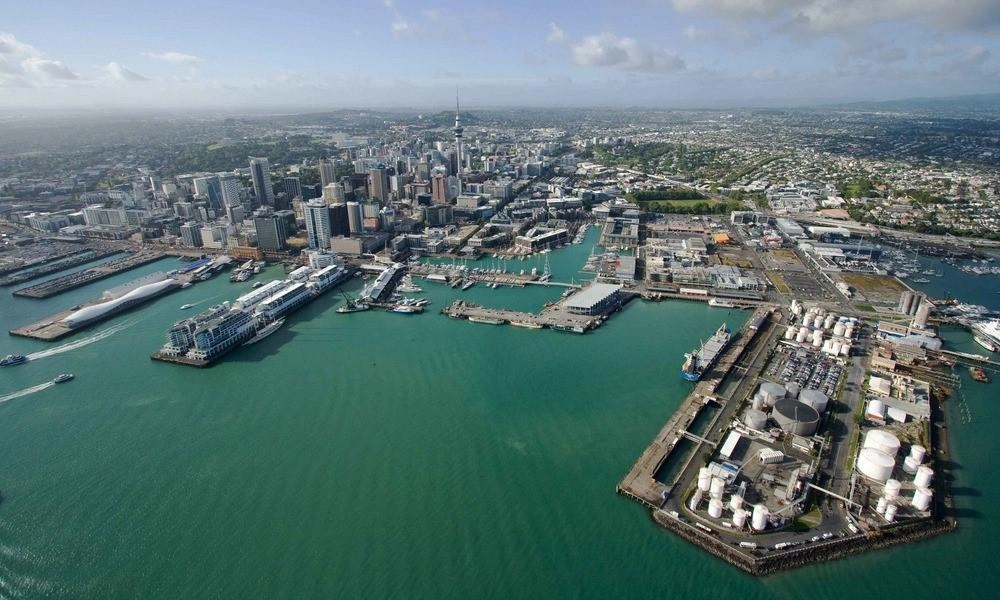
New Zealand Government Backs Cruise Industry as Regional Decline Takes Hold
New Zealand’s government has recognized the crucial role of the cruise industry in the country’s economy during a recent summit with key industry stakeholders. Attendees included representatives from the Cruise Lines International Association (CLIA), the New Zealand Cruise Association, Carnival Corporation, and Royal Caribbean Group, along with various government officials. The gathering aimed to address a significant drop in cruise traffic to New Zealand and discuss strategies for revitalization.
Cruise visitation in New Zealand has plummeted, with some cruise lines reducing their visitations by up to 70%. Overall, there’s been a 40% decline in cruise visits, impacting regional tourism economies and limiting options for local residents. This downturn follows increased regulatory challenges and uncertainty in central destinations, although some positive developments—like maintaining cruise access to Milford Sound—are offering hope for stabilization.
Tourism Minister Louise Upston emphasized the cruise sector’s importance to the national tourism landscape. She noted the inclusion of a workstream in the recently released Tourism Growth Roadmap that focuses on enhancing cruise connectivity, indicating government support for the industry. Minister Upston stressed the need for deeper cooperation between the government and cruise operators to uncover further opportunities while ensuring environmental protection.
Joel Katz, CLIA’s Managing Director for Australasia, stated that the summit served as a pivotal dialogue platform for all parties involved. He highlighted that cruise tourism contributes over NZ$1 billion annually to the economy and supports nearly 10,000 jobs.
Despite the government’s commitment, the broader Australasian cruise industry still faces significant hurdles. Many cruise lines have cut back their operations in both Australia and New Zealand, pointing to high operational costs, complex regulations, and inconsistent policies as key issues. These challenges are compounded by a lack of coordination between the two countries, despite the fact that most cruises to New Zealand begin in Australia, meaning reductions in Australian cruise capacity directly affect New Zealand.
Though initiatives to jointly promote the region have occurred, like participation at the Seatrade Cruise Global conference in Miami, there remains minimal formal collaboration between the Australian and New Zealand governments. Experts believe that enhancing regulatory reforms and aligning policies across the Tasman Sea are vital to making the region more appealing to international cruise lines.
Australia has received criticism for its opaque regulatory environment, including customs processing issues and uncertainties surrounding the Coastal Trading Act and the Passenger Movement Charge—a fee that adds AUD$70 to costs for cruise passengers arriving or departing at Australian ports.
Industry observers argue that the recovery of the New Zealand cruise sector heavily relies on collaborative efforts with Australia. With shared itineraries and mutual dependence, a united approach that reduces operational challenges and promotes the region could lead to a more sustainable future for the cruise market. While the recent summit indicates a shift in the New Zealand government’s stance, industry participants caution that meaningful regulatory and strategic alignment is essential to alter the current decline.
Set sail on a voyage of discovery with CruiseShip.net – your ultimate destination for all things cruising! Explore the latest news, insightful reviews, and thrilling cruising adventures from around the globe. Whether you’re a seasoned cruiser or a first-time traveler, CruiseShip.net is your go-to source for expert advice, insider tips, and inspiring stories to fuel your wanderlust. Embark on a journey like no other with CruiseShip.net – where every wave brings new excitement and endless possibilities on the high seas.



Leave a Reply